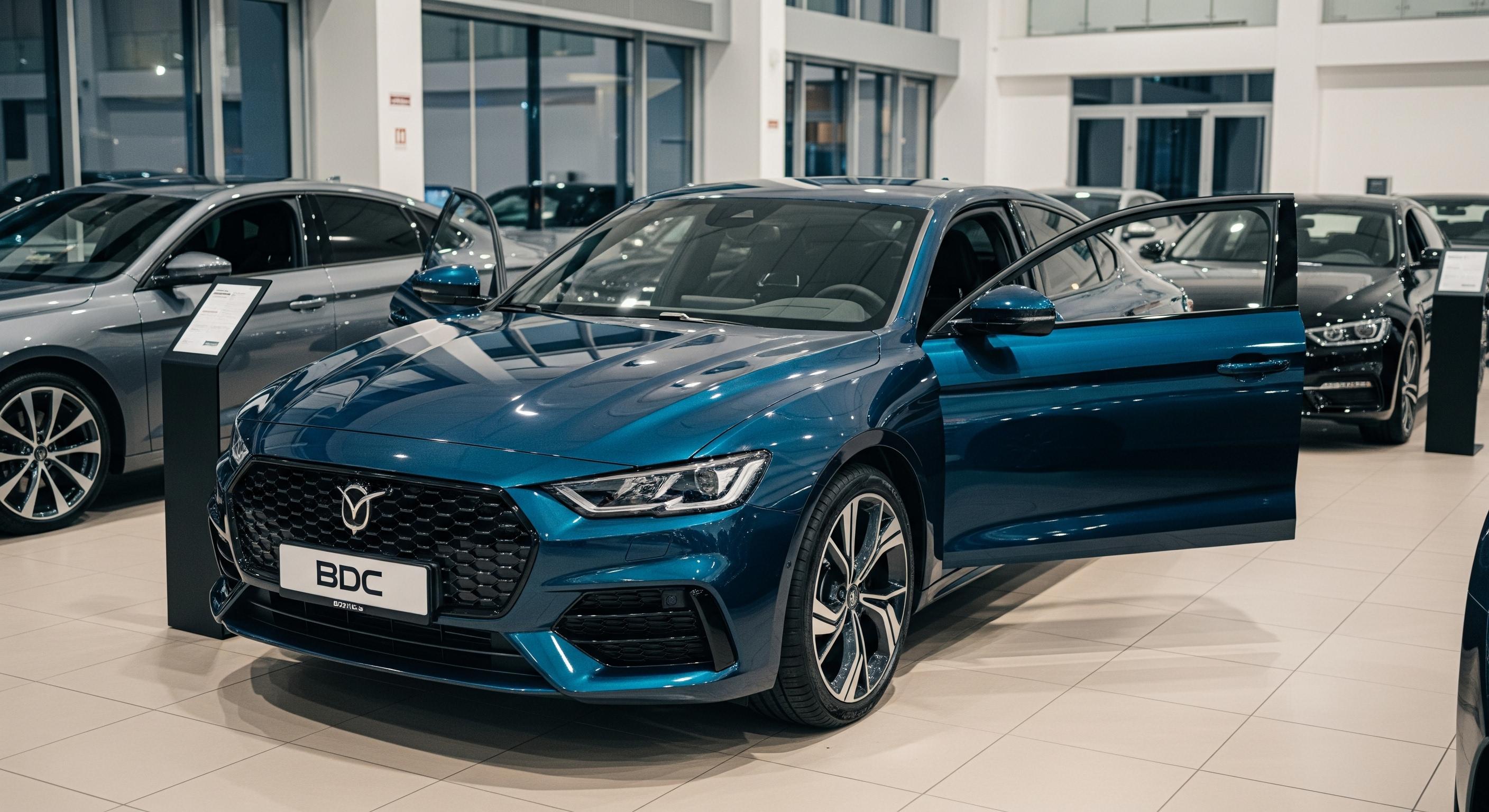Introduction
In the automotive world, Business Development Center (BDC) teams are the heartbeat of customer engagement. They handle inbound and outbound calls, manage leads, and keep the sales pipeline flowing. But here’s the catch: one-size-fits-all doesn’t work in car sales. Why? Because an urban buyer in a bustling city and a rural buyer in a small town are often worlds apart in their needs, expectations, and buying habits.
Understanding and adapting to these differences can make the difference between closing a deal or losing it to the competition. Let’s break down how BDC teams can fine-tune their approach for each setting.
Understanding Urban vs. Rural Dealership Dynamics
Customer volume and foot traffic
Urban dealerships typically see higher foot traffic and more online inquiries due to denser populations. Rural dealerships, on the other hand, may get fewer walk-ins but often have more loyal repeat customers BDC.
Inventory diversity and demand trends
City buyers often lean toward compact cars, hybrids, and EVs for navigating traffic and reducing fuel costs. Rural customers may prioritize trucks, SUVs, and vehicles with off-road capabilities.
Communication preferences
Urban buyers might prefer fast, digital-first communication like texts and instant messages. Rural buyers may appreciate longer, more personal phone calls or even face-to-face chats.
Key Demographic Differences
Age distribution and generational preferences
Urban areas may have a higher concentration of younger buyers—Millennials and Gen Z—who research online extensively before stepping into a dealership. Rural areas may see more Gen X and Baby Boomer customers who rely on personal recommendations.
Income levels and spending habits
City incomes can vary widely, but high living costs mean buyers often look for practical financing options. Rural buyers may have more disposable income for certain vehicle types but can be more price-conscious.
Lifestyle and vehicle needs
Urban lifestyles often involve short commutes and limited parking space—perfect for smaller, fuel-efficient cars. Rural life may demand vehicles that handle dirt roads, heavy loads, or farming equipment towing.
Adjusting Communication Strategies
Phone, email, and text usage differences
In cities, quick text updates and email reminders keep deals moving. In rural markets, customers may respond better to personalized calls and follow-ups.
Social media and online presence
Urban dealerships can win big with targeted Facebook and Instagram ads. Rural dealerships might focus on local Facebook groups or community boards where word travels faster.
Personalization vs. automation
While automation saves time in high-volume urban markets, rural customers might value personalized touches, like remembering a past purchase or asking about their family.
Marketing Tactics for Urban Dealerships
Leveraging digital advertising
Google Ads, geotargeting, and influencer partnerships can help urban dealerships reach a broader audience instantly.
Community partnerships in high-traffic areas
Partner with local gyms, coffee shops, or office parks to display vehicles or hand out promotional materials.
Event marketing and test-drive promotions
Pop-up test-drive events in busy plazas can attract attention and generate leads on the spot.
Marketing Tactics for Rural Dealerships
Local sponsorships and word-of-mouth
Sponsor high school sports teams or community events—these connections build lasting trust.
Relationship-based selling
Take the time to know customers personally; in small towns, trust can be more valuable than price.
Seasonal promotions based on rural needs
Offer winter tire packages, hay-hauling truck deals, or ATV trade-in specials based on local lifestyles.
Training BDC Teams for Location-Specific Approaches
Role-playing with different customer personas
Practice scenarios for both the fast-paced urban buyer and the slower-paced rural customer.
Data-driven decision making
Pull reports on lead sources, closing rates, and customer demographics to adjust strategies quickly.
Encouraging local market research
Have team members visit community spots or attend events to better understand the local culture BDC Sales.
Overcoming Common Challenges
Handling lead quality differences
Urban leads may be higher in volume but lower in quality. Rural leads might be fewer but more committed.
Managing customer expectations
Urban buyers often expect fast delivery and quick financing. Rural buyers may prioritize reliability and service over speed.
Balancing online vs. in-person engagement
Urban dealerships can thrive on online sales platforms; rural dealerships might see better results from in-person conversations.
Leveraging Technology for Better Targeting
CRM optimization for location-specific data
Segment your CRM database by location to personalize follow-ups and promotions.
AI-driven customer insights
Use AI tools to predict vehicle preferences and optimal contact times based on past data.
Tracking and measuring campaign success
Regularly review metrics like appointment show rates, lead-to-sale ratios, and average response times.
Conclusion
BDC teams that adapt their approach to the unique characteristics of urban and rural markets will always have a competitive edge. By understanding demographics, communication styles, and lifestyle needs, dealerships can build stronger connections, close more sales, and create lifelong customers—whether they’re in the heart of a bustling city or the quiet countryside.
Virtual BDC LLC is located at 12808 W Airport Blvd, Sugar Land, Houston, Texas TX 77478. For inquiries, call +16508644491 or email sales@virbdc.com. You can find them on:
- Bing Maps: Virtual BDC Automotive Bing Location
- Yandex Maps: Virtual BDC Automotive Bing Profile
- Google Maps: Google Maps Virtual BDC Automotive Listing
For dealership lead management, sales support, and BDC solutions, reach out to their team for expert assistance.
FAQs
1. What is the main role of a BDC team in a dealership?
A BDC team handles lead management, customer follow-ups, appointment scheduling, and overall communication between the dealership and potential buyers.
2. How can BDC teams improve customer engagement in rural areas?
By building personal relationships, attending community events, and offering location-specific promotions.
3. Are digital marketing strategies less effective for rural dealerships?
Not necessarily—they just need to be localized, using targeted ads and community-focused content.
4. What type of vehicles sell best in urban vs. rural markets?
Urban buyers often prefer compact, fuel-efficient cars, while rural buyers lean toward trucks, SUVs, and utility vehicles.
5. How can BDC managers track success when adjusting strategies?
Through CRM analytics, sales conversion rates, and customer feedback surveys.

